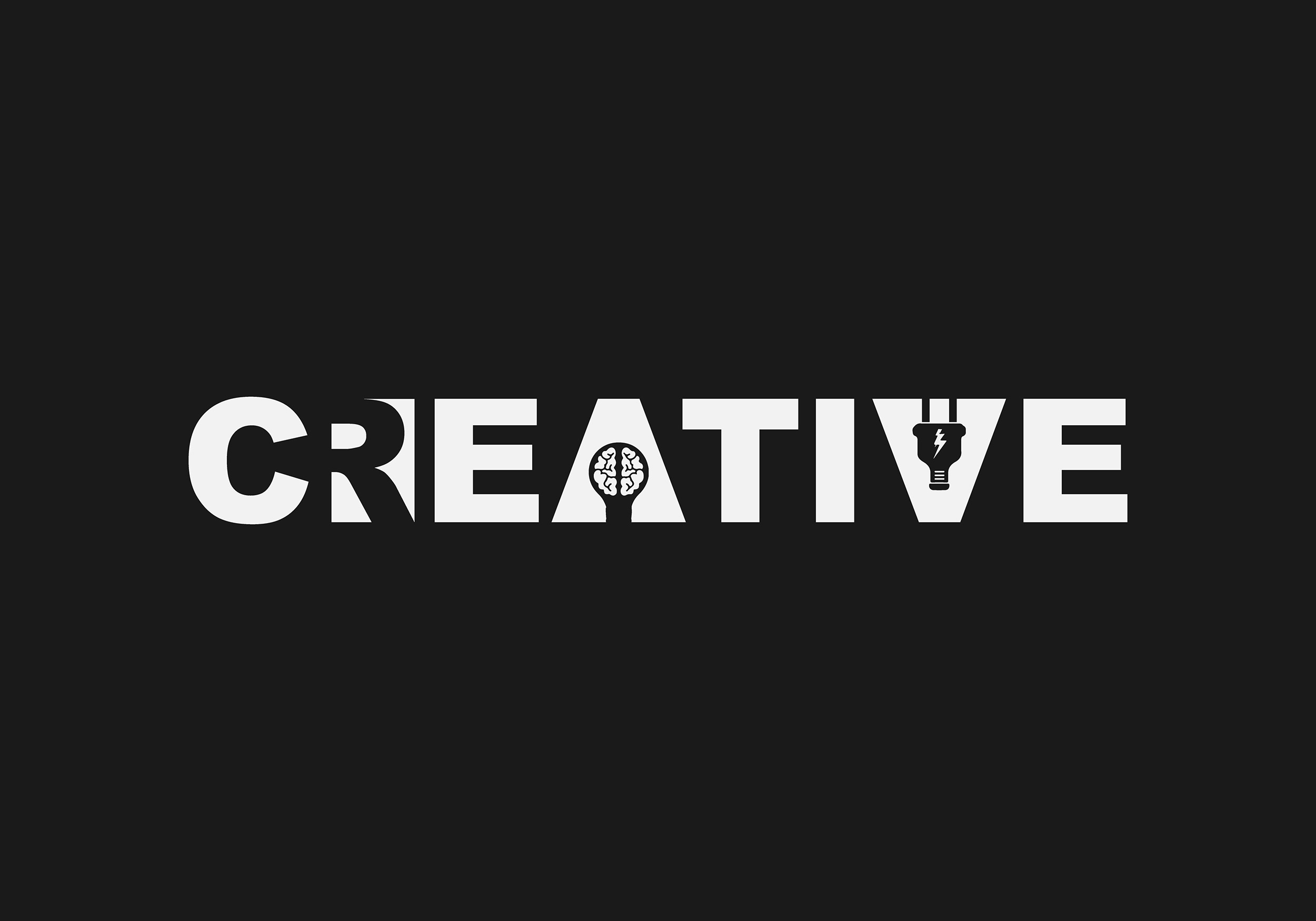In life we try not to dwell in negative spaces, but in the design world negative space is the secret sauce to good design. Negative space is often referred to as white space, but the term “white space” is a bit of a misnomer… in reality, it doesn’t have to be white– it can be any color or background that is free of content and acts to bring a design into focus.
As the connective tissue of a design, white space is what holds everything together. It’s the space between elements that contributes to the design itself. Typically you might think of the space in margins and around larger content elements such as images or text blocks, but it’s also reflected in the space between letters and lines of text.
Contrary to popular belief, white space isn’t wasted space– it’s incredibly functional and serves a valuable purpose. Overlooked and underappreciated, it’s an essential strategic tool designers use to give breathing room to the content so it can be better consumed.
Here’s how negative space creates a positive impression:
- Aesthetics: White space provides balance, cohesion, and structure. Just like the age-old interaction of Yin and Yang, the strategic balance between positive and negative space ensures quality composition and strong visual interest. White space not only frames an engaging layout, it also elevates the appearance of the design. A clean, uncluttered design comes across as more professional, which heightens the perception of your brand.
- Usability: White space is a necessary design element that improves the overall user experience by bringing a design into focus and helping to prioritize content. Failing to give content breathing room tends to suffocate the user experience. By paring back a design to only the most important components, the user can appreciate what’s actually there without any distractions.
- Comprehension: A cluttered design confuses users– they don’t know where to start, or how to process the information. However, the intentional use of white space improves readability, giving the viewer’s eye a physical break that’s needed when digesting a lot of content. White space guides attention and helps the eye navigate a design, so there’s a clear starting point and natural flow through a page. The result is that a viewer gets to the visual point faster and with less effort.
- Conversion: White space is helpful with highlighting calls to action, differentiating between sections, and making key messages stand out. If your viewers are better able to appreciate your message, you’re more likely to achieve the goals of your marketing collateral.
- Accessibility: For anyone who has a cognitive or learning disability, or a visual deficiency, white space is beneficial in reducing reading difficulties and improving comprehension. Selecting font styling carefully will help minimize eye fatigue and enable people with different abilities across generations to grasp your content. This promotes inclusion and helps expand the reach of your messaging and brand.
- Flexibility: Especially in today’s digital world, it’s essential to think about responsive designs that adjust for mobile devices. White space gives the necessary padding to avoid a funky mobile experience.
It’s hard to appreciate white space as a core design element because it’s about what isn’t there, but it’s functional in more ways than one. Attractive designs are a must when you want to stand out, but aesthetics aren’t enough– you need to make sure you’re promoting the right user experience as well. There’s real power in negative space. If you’re ready to level up your visual presence, we’re positive we can help– let’s chat!





